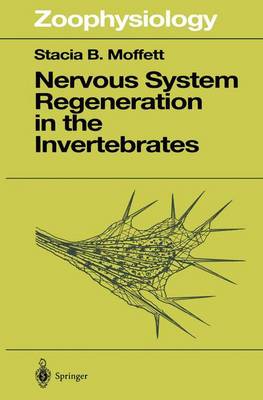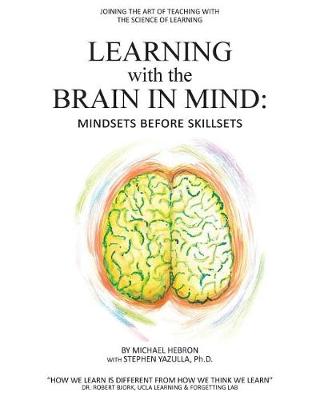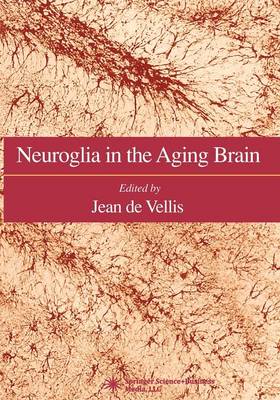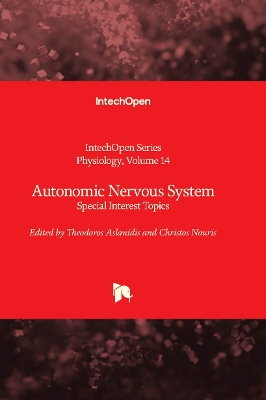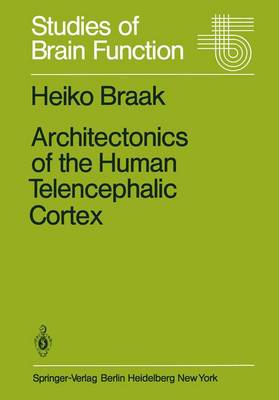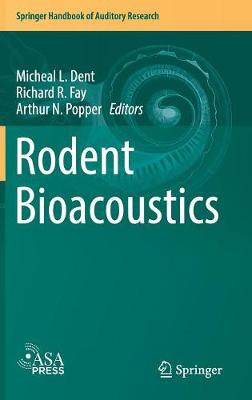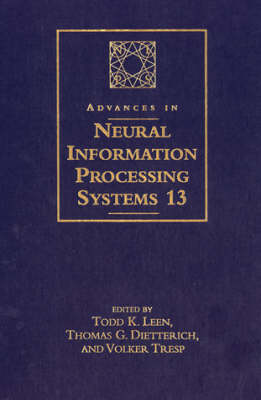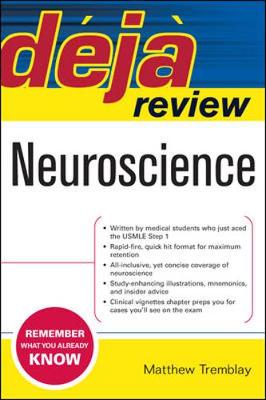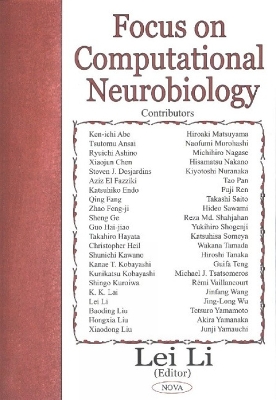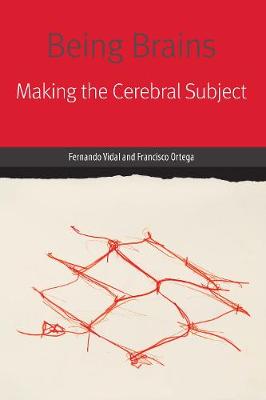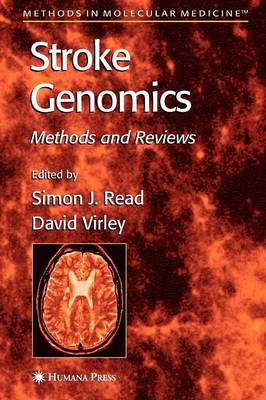Nervous System Regeneration in the Invertebrates (Zoophysiology, v. 34)
by Stacia B. Moffett
Invertebrate animals represent a diversity of solutions to life's challenges. Success in a wide range of environments has been achieved by an almost bewildering range of invertebrate body forms. These body forms are reflected in the wonderful diversity of their nervous systems. Despite this apparent diversity, studies of the development of invertebrates and vertebrates are yielding common themes at the molecular level. Likewise, the phenome- non of neural regeneration is based upon properties in...
The Individual Subject and Scientific Psychology (Perspectives on Individual Differences)
Neurobiology of Aggression (Contemporary Neuroscience)
Aggression is a highly conserved behavioral adaptation that evolved to help org- isms compete for limited resources and thereby ensure their survival. However, in modern societies where resources such as food, shelter, etc. are not limiting, aggr- sion has become a major cultural problem worldwide presumably because of its deep seeded roots in the neuronal circuits and neurochemical pathways of the human brain. In Neurobiology of Aggression: Understanding and Preventing Violence, leading experts...
The Biology of Neuropeptide Y and Related Peptides (Contemporary Neuroscience)
by William F. Colmers and Claes Wahlestedt
Leading experts critically summarize the state of knowledge concerning the molecular, anatomical, physiological, and behavioral aspects of NPY and its congeners. Each article provides a comprehensive and in-depth survey, an overview of the role of NPY in the discipline covered, a discussion of the likely future direction that the field will take, and an up-to-date bibliography. Chapters include a treatment of the evolution of the PP family of genes, the structure of the NPY gene, and the distr...
Neuroglia in the Aging Brain (Contemporary Neuroscience)
A distinguished panel of internationally recognized neuroscientists comprehensively review the involvement of and changes in glial cells both during the normal aging process and in the major disorders of old age. Topics range from the cellular and molecular changes that occur with aging-especially aging-associated activation of astrocytes and microglia and its relation to neuronal injury and repair-to neuron-glia intercommunication. The contributors show how glial signals may be modulated by hor...
Autonomic Nervous System (Physiology)
Picture your twenty-first birthday. Did you have a party? If so, do you remember who was there? Now step back: how clear are those memories? Should we trust them to be accurate, or is there a chance that you're remembering incorrectly? And where have the many details you can no longer recall gone? Are they hidden somewhere in your brain, or are they lost forever? Such questions have fascinated scientists for hundreds of years, and, as Alison Winter shows in "Memory: Fragments of a Modern History...
Architectonics of the Human Telencephalic Cortex (Studies of Brain Function, #4)
by Heiko Braak
This is a timely opus. Most of us now are too young to remember the unpleasant ring of a polemic between those who produced "hair-splitting" parcellations of the cortex (to paraphrase one of O. Vogt's favourite expressions) and those who saw the cortex as a homogeneous matrix sus- taining the reverberations of EEG waves (to paraphrase Bailey and von Bonin). One camp accused the other of producing bogus preparations with a paint brush, and the other way around the accusation was that of poor eye-...
Rodent Bioacoustics (Springer Handbook of Auditory Research, #67)
By far, the most widely used subjects in psychological and biological research today are rodents. Although rats and mice comprise the largest group of animals used in research, there are over 2,000 species and 27 families of rodents, living all over the world (except Antarctica) and thriving in many different habitat types. The vast environmental diversity that rodents face has led to numerous adaptations for communication, including vocalizing and hearing in both the sonic and ultrasonic ranges...
Advances in Neural Information Processing Systems 13 (A Bradford Book)
The proceedings of the 2000 Neural Information Processing Systems (NIPS) Conference.The annual conference on Neural Information Processing Systems (NIPS) is the flagship conference on neural computation. The conference is interdisciplinary, with contributions in algorithms, learning theory, cognitive science, neuroscience, vision, speech and signal processing, reinforcement learning and control, implementations, and diverse applications. Only about 30 percent of the papers submitted are accepted...
The traditional model of synapses as fixed structures has been replaced by a dynamic one in which synapses are constantly being deleted and replaced. This book, written by a leading researcher on the neurochemistry of schizophrenia, integrates material from neuroscience and cell biology to provide a comprehensive account of our current knowledge of the neurochemical basis of synaptic plasticity. The book presents the evidence for synaptic plasticity, an account of the dendritic spine and the gl...
Summarizes, for the benefit of research workers in the field of cellular and molecular neurobiology, the large volume of work done during the last two decades on cholinergic function utilizing as a model system the electromotor innervation of the electric ray Torpedo . Largely as a result of work wi
In recent years there has been an increasing awareness that a comprehensive understanding of language, cognitive and affective processes, and social and interpersonal phenomena cannot be achieved without understanding the ways these processes are grounded in bodily states. The term 'embodiment' captures the common denominator of these developments, which come from several disciplinary perspectives ranging from neuroscience, cognitive science, social psychology, and affective sciences. For the fi...
Accelerated answers for the neuroscience course/shelf exams-written by students, for students "An excellent review book for any neuroscience course and for the boards. It is extremely comprehensive. The clinical vignettes are perfect preparation for real Step 1 questions." -- Alexander E. Ropper, M3, Tufts University School of Medicine "This book is essential for medical students taking neuroscience or reviewing for Step 1.It's a fast way to check your knowledge of basic concepts and clinical c...
Hypothalamic Peptide Hormones and Pituitary Regulation
The proceedings of a workshop conference are presented in this volume entitled Hypothalamic Peptide Hormones and Pituitary Regulation. The workshop was held in Wilson Hall on the campus of the National Institutes of Health, Bethesda, Maryland, during the days of November 1-2, 1976, and is the most recent of three symposia on neuroendocrinology that have been sponsored by the National Institutes of Health. The first one was held on December 6 - 8, 1961, in the New Everglades Hotel at Miami, Flori...
Focus on Computational Neurobiology
Being Brains offers a critical exploration of neurocentrism, the belief that "we are our brains," which became widespread in the 1990s. Encouraged by advances in neuroimaging, the humanities and social sciences have taken a "neural turn," in the form of neuro-subspecialties in fields such as anthropology, aesthetics, education, history, law, sociology, and theology. Dubious but successful commercial enterprises such as "neuromarketing" and "neurobics" have emerged to take advantage of the height...
This volume contains the papers presented during the Neurophysiology Session of the first Orbis Scientiae of the Center for Theoretical Studies, University of Miami, Coral Gables, Florida. With this first Orbis which met from January 7 - 11, 1974, the Center for Theoretical Studies has inaugerated a new set of annual gatherings devoted to the natural sciences and to problems on the "interface" of science and society. The content of the talks presented ranged over a wide variety of topics in neur...
Psychoanalysis and Neuroscience
The papers collected in this volume have the aim of integrating the contri- tions from two disciplines: psychoanalysis and neuroscience. Recent great developments in the latter offer the opportunity to build a bridge to psyc- analysis, providing an anatomo-functional basis for some of the functions in which the psychoanalytic theories of the mind are rooted. The functions which are specifically discussed from an interdisciplinary point of view are the following: emotions, memory, unconscious, pe...
Stroke Genomics (Methods in Molecular Medicine, #104)
With sequencing of the human genome now complete, deciphering the role of gene function in human neurological pathophysiology is a promise that has yet to be realized. More than most diseases, stroke has been keenly studied from a genomic perspective. Studies are numerous and incorporate data on stroke inheritance, chromosomal loci of risk, preclinical models of stroke, and differential gene expression of brain injury, repair, and recovery. The problem is no longer a lack of information but one...
